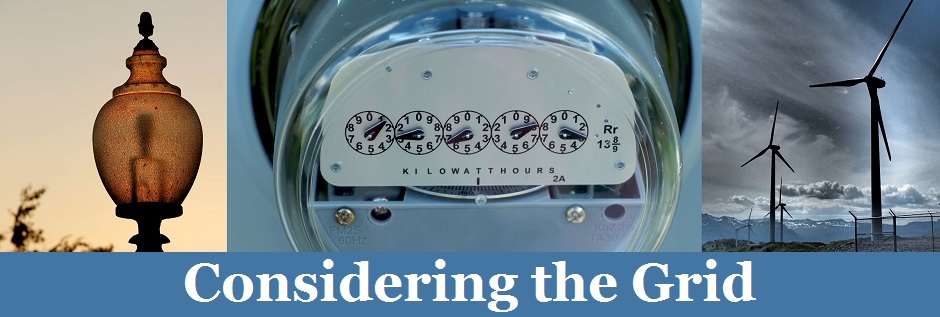Recovery from the damage caused by Hurricanes Irma and Maria—causing the longest power outage in U.S. history—continues in Puerto Rico. This week, the Energy Information Administration (EIA) reported that it has added Puerto Rico to its Preliminary Monthly Electric Generator Inventory, which monitors the current status of existing and proposed generating units at electric power plants across the United States with 1 megawatt or greater of combined nameplate capacity. (The monthly inventory is “preliminary” because it includes data that EIA has not yet fully verified.) EIA reports that more than 99% of the hydro and fossil-fueled power capacity in Puerto Rico have been operational since April 2018. However, more than 100 plants are not yet in operation, amounting to 76% of Puerto Rico’s wind capacity, 32% of its solar capacity, and 12% of its storage capacity. According to EIA’s report, most generating facilities—excluding one wind and one solar facility—expect to return to service within calendar year 2018.
DOE also published a report last month, Energy Resilience Solutions for the Puerto Rico Grid, aimed at providing recommendations to inform investments in the island’s energy infrastructure funded by federal appropriations. The recommendations focus on three specific areas:
- Ensuring that investments will result in modern, intelligent infrastructure systems that are affordable, reliable, and resilient while fully complying will all local and federal law;
- Undertaking the analysis and planning necessary to de-risk those investments and identify an effective mix of centralized and distributed energy resources of different fuel types; and
- Providing for adequate training and capacity building to offset human capital out-migration and transitioning system operations.

